It's a great title, and a timely book, too. A lot of my work has explored how socio-economic reforms are reshaping marital norms in Saudi Arabia, so it's fascinating to see editors Ahmed Aref and Md Mizanur Rahman bring together writers from across the region to find a nuanced understanding of the institution of marriage in the 21st-century Arab world.
There is a chapter on The State of Marriage in the Arab Gulf States, written by the late Saudi sociologist Abdullah bin Hussein Al Khalifa, Amer Al Saleh, and Fatima Al Kubaisi. It makes for hugely interesting reading—and you can download that chapter for free: https://lnkd.in/dNZHwbV5. It’s particularly revealing to see them interrogate a rise in average marriage age and link that to the impact of reforms prioritising women’s education and workforce participation.
These changes have certainly delayed traditional marital timelines and altered expectations of gender roles within marriage. One critical shift is the financial dynamic. Women now often share financial responsibilities, using this as a means to assert independence.
However, this has sparked debates about whether men are becoming less accountable, knowing that financial burdens are increasingly shared.
Compared to the 1980s and 1990s, when men were more conscious of their roles in securing a match, modern partnerships are navigating a new equilibrium that still seeks balance. This chapter also looks at the “unprecedented rise” in divorce rates in the region. It’s certainly reshaping the institution of marriage in Saudi Arabia. As reforms increase personal freedoms, divorce has become more accessible, reflecting a growing tendency to seek resolution through separation rather than enduring difficult marriages, as was more common in the past.
While this trend highlights a shift towards individual agency, it also underscores the evolving challenges of maintaining marital stability in a rapidly changing society. Cross-cultural—or cross-national, as the chapter calls them—marriages are also on the increase, with a rise in Saudi women marrying Western or Arab partners. Once seen as unconventional, these unions reflect broader societal openness and demographic realities, such as the perception of more women than men.
While many Gulf nationals still prefer to marry within the region due to shared cultural values, the growing diversity in marital choices speaks to a society embracing change. Although this book focuses on marriage, it offers a window into the socio-economic development unfolding across the Arab world.
By examining shifts in marriage norms, the Handbook of Marriage in the Arab World captures the essence of a region navigating economic transformation, cultural evolution, and the complexities of modernization—a type of history in the making.
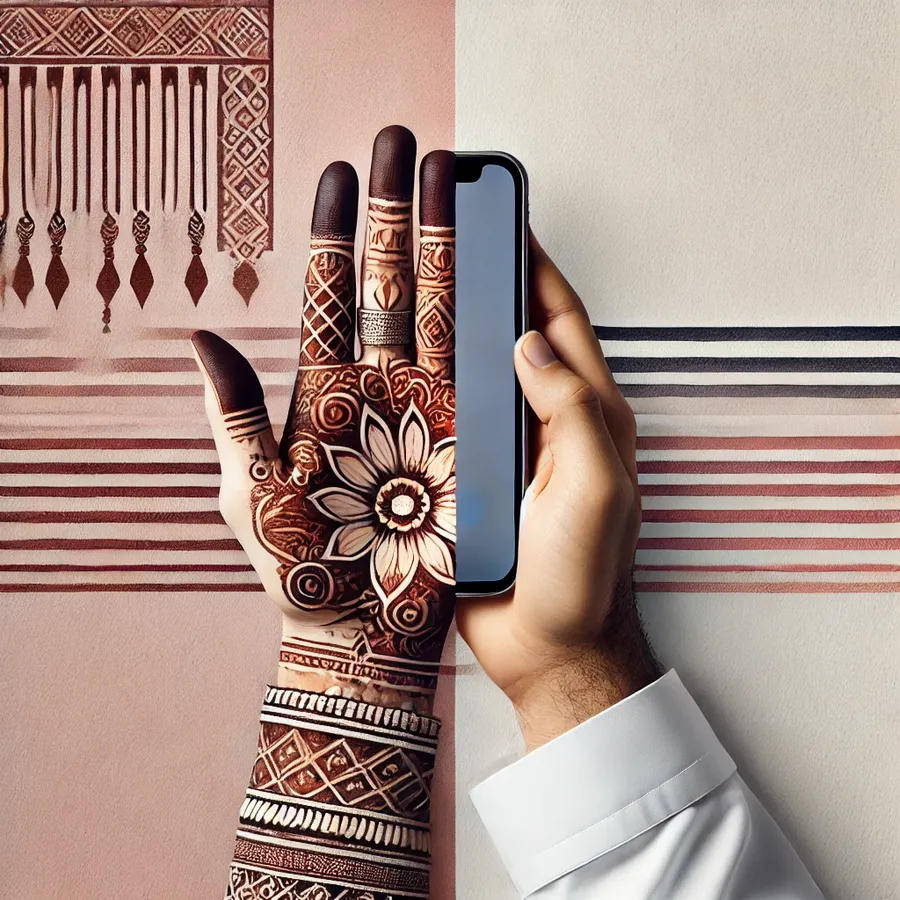
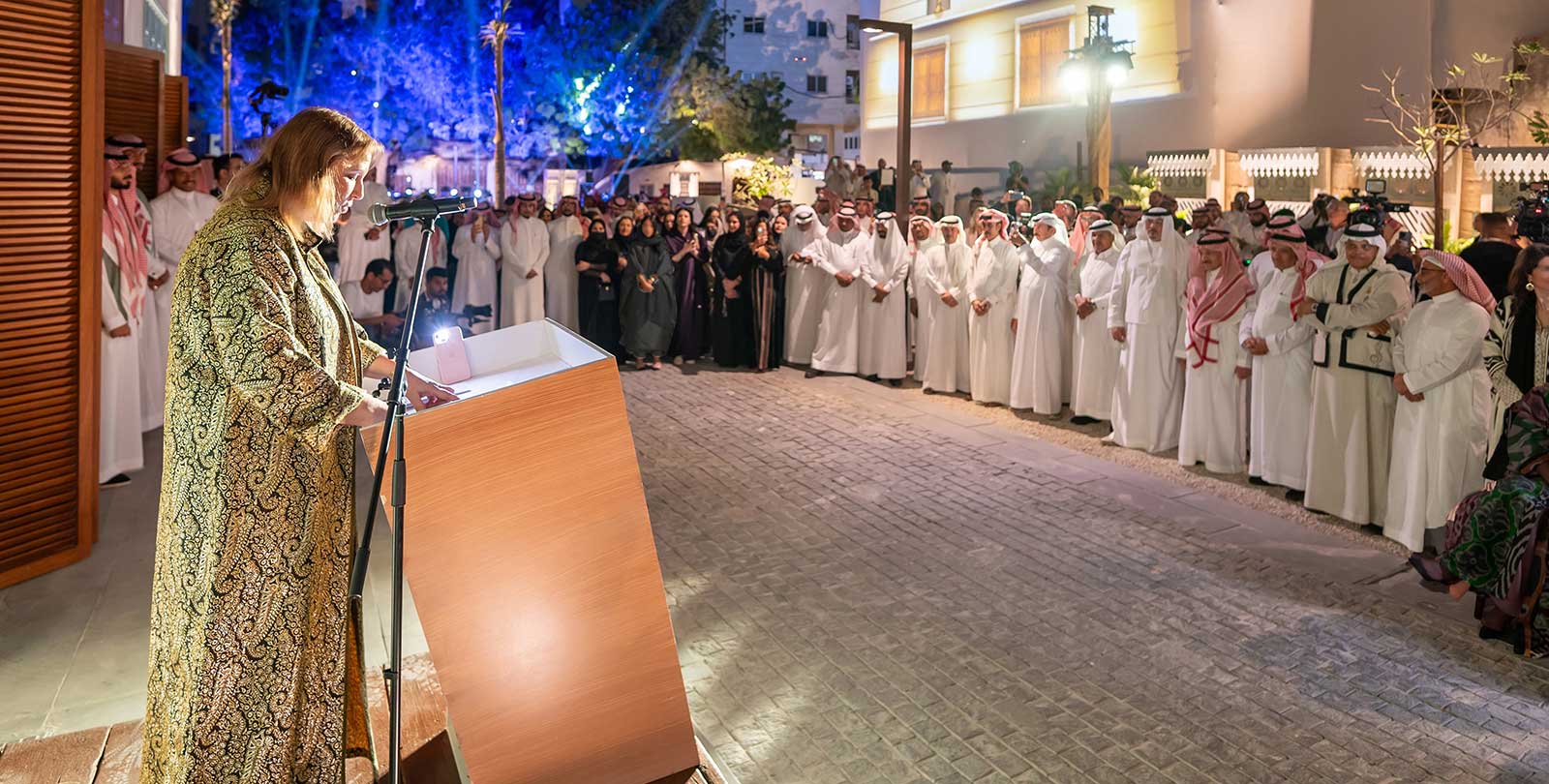

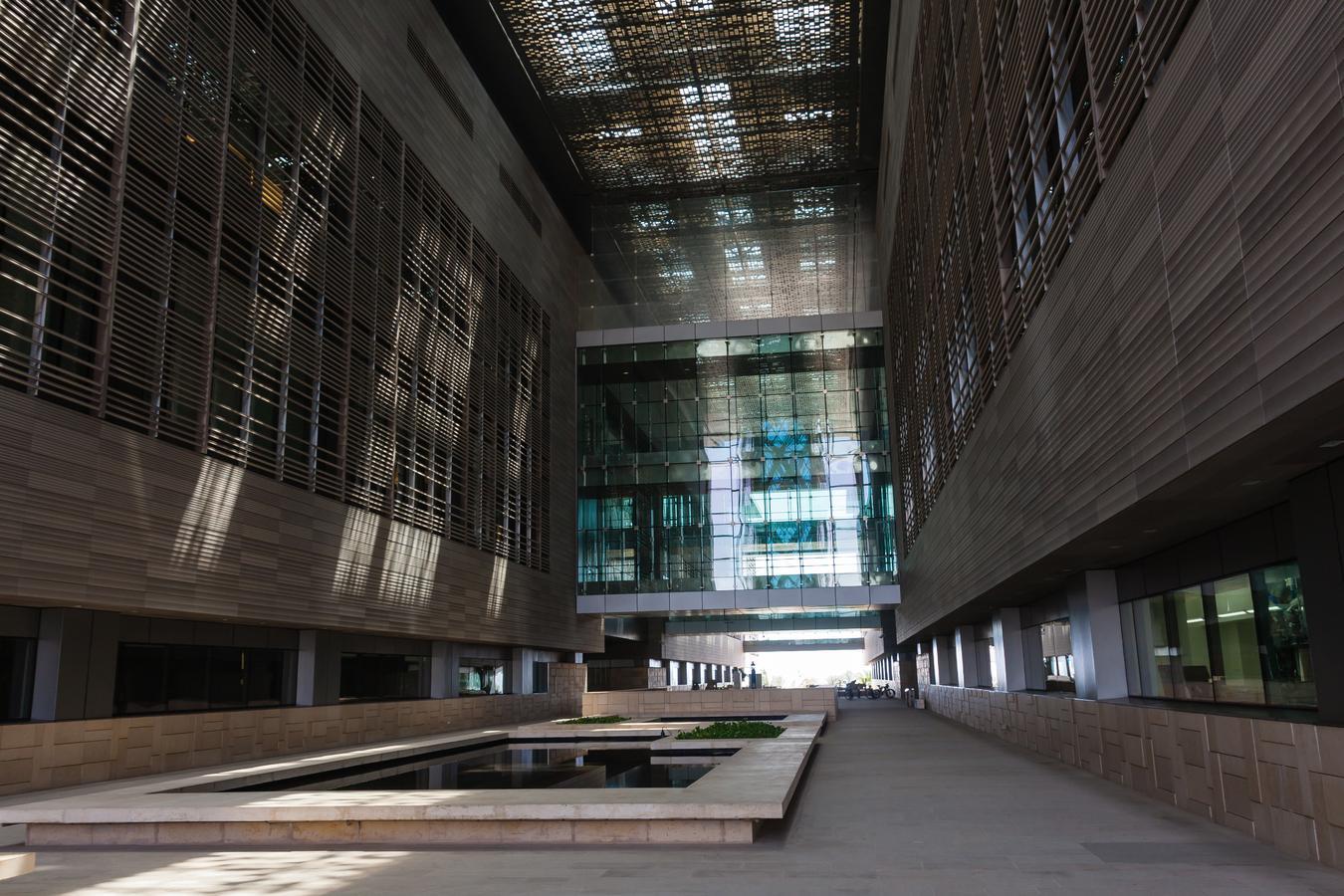
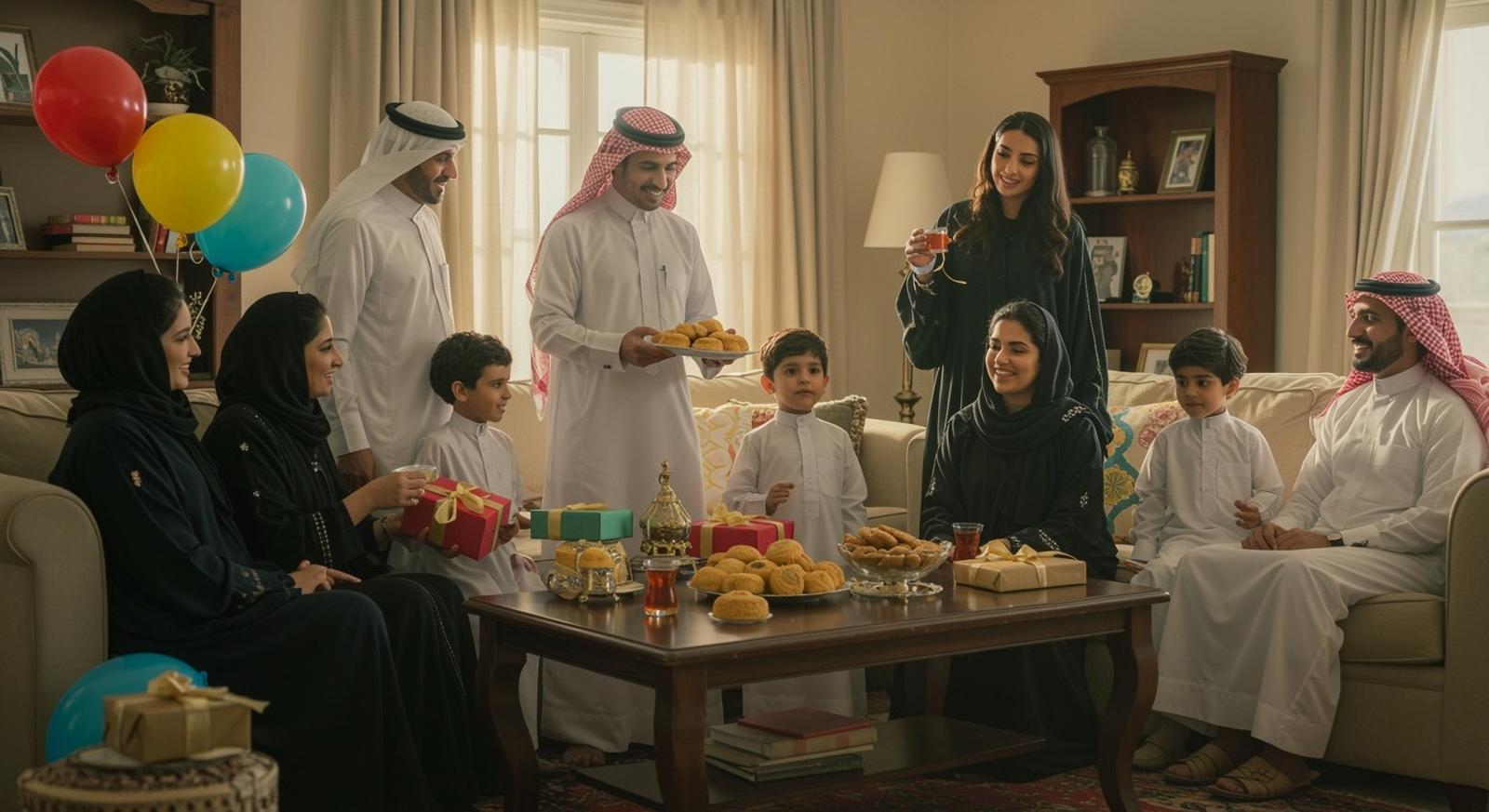


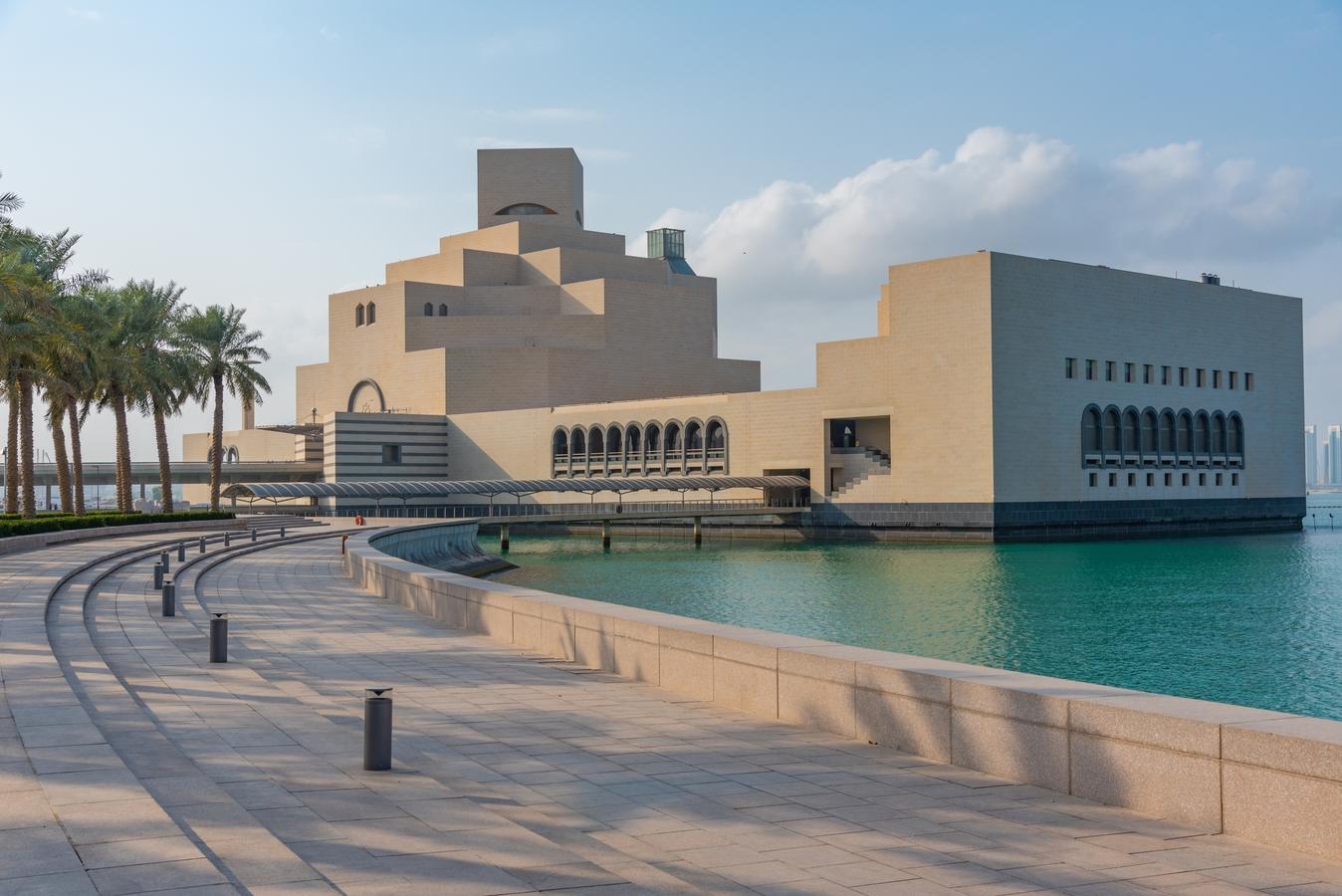
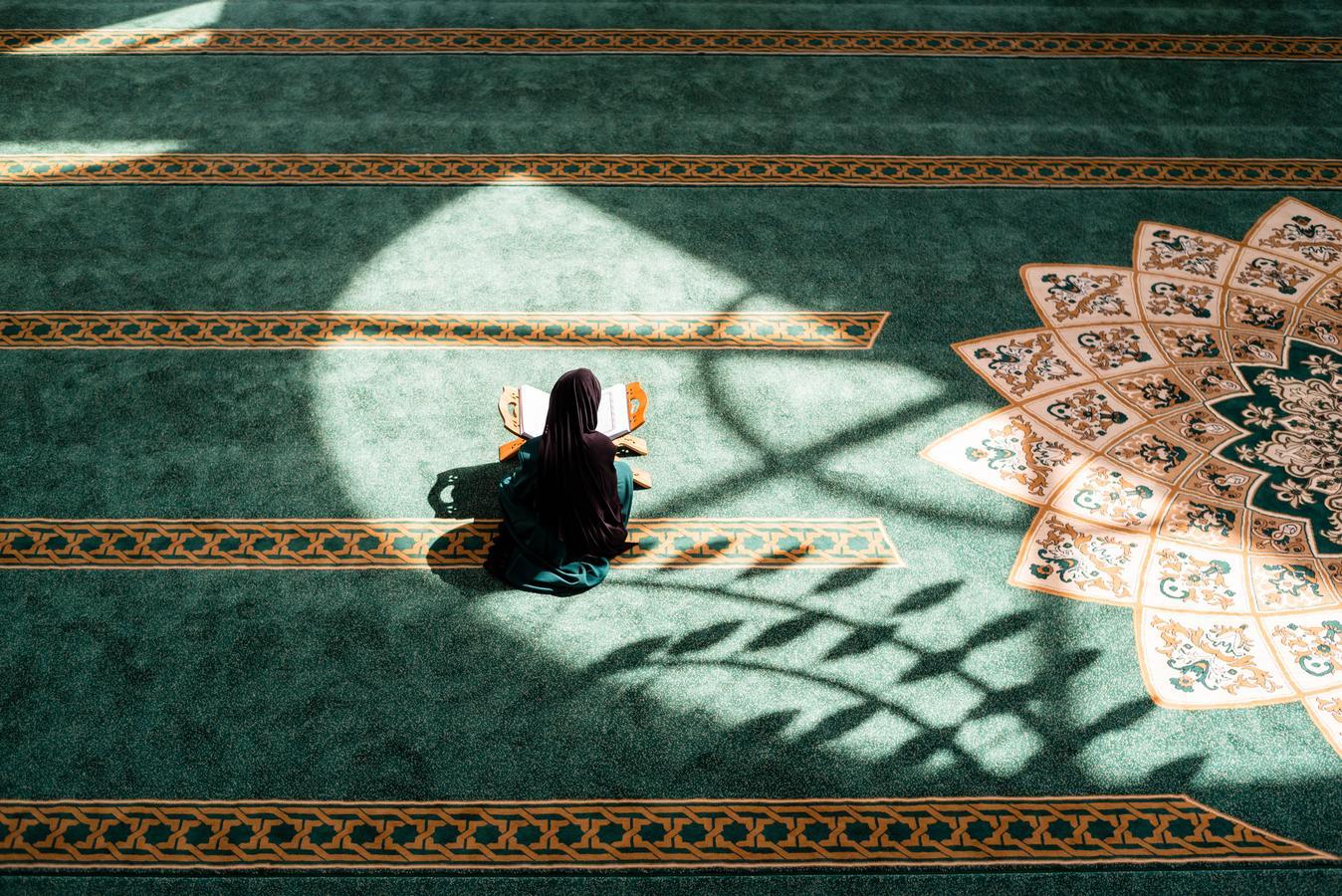
1 Comment
Md Mizanur Rahman | Dec 5, 2024, 15:14
Thank you for promoting Our book